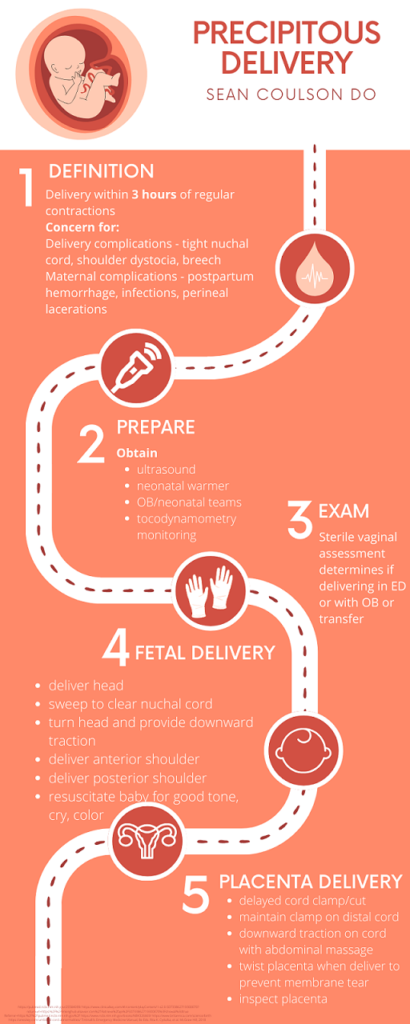A 28 year old female G4P2 at 8 weeks gestation presents to the Emergency Department after vomiting almost four times daily for the past week. She denies any recent fevers, abdominal pain, pelvic pain, or vaginal bleeding. Vital signs include: Temp 37.2 C, HR 105, BP 93/62, SpO2 100%. On exam, she is uncomfortable appearing with dry mucous membranes and intermittently dry heaving into an emesis bag. Blood serum results are pending. Urinalysis reveals 1+ ketones with elevated specific gravity. What is the next best step in management?
A. 0.9% normal saline
B. Prophylactic electrolyte repletion
C. 5% dextrose and 0.9% normal saline
D. Antiemetic and PO challenge
Answer: 5% dextrose and 0.9% normal saline
This pregnant patient is most likely experiencing hyperemesis gravidarum given her presentation of multiple episodes of vomiting, volume depletion, and ketonuria. The treatment for hyperemesis gravidarum includes 5% glucose in IV fluids, anti-emetic drugs, and correction of any electrolyte abnormalities. Nothing should be given by mouth until patient’s nausea is controlled, and although this patient will ultimately benefit from antiemetic administration with the hopes that she will tolerate PO, her signs of volume depletion and ketonuria suggest immediate treatment with 5% dextrose in 0.9% normal saline or lactated ringer solution.
| Management of Hyperemesis Gravidarum |
| First line: pyridoxine (vitamin B6) – pregnancy drug class A |
| Add on: doxylamine – pregnancy drug class A |
| Adjuncts: ondansetron, metoclopramide – pregnancy drug class B |
| IV fluids with dextrose |
References:
References: Tintinalli, J., Ma, O., Yealy, D., Meckler, G., Cline, D., Thomas, S. and Stapczynski, J., 2020. Tintinalli’s emergency medicine. 9th ed. [New York]: McGraw-Hill Education, pp.621-622.
Nausea and vomiting of pregnancy. ACOG Practice Bulletin No. 153. American College of Obstetricians and Gynecologists. Obstet Gynecol. 2015; 126(3):e12-24












